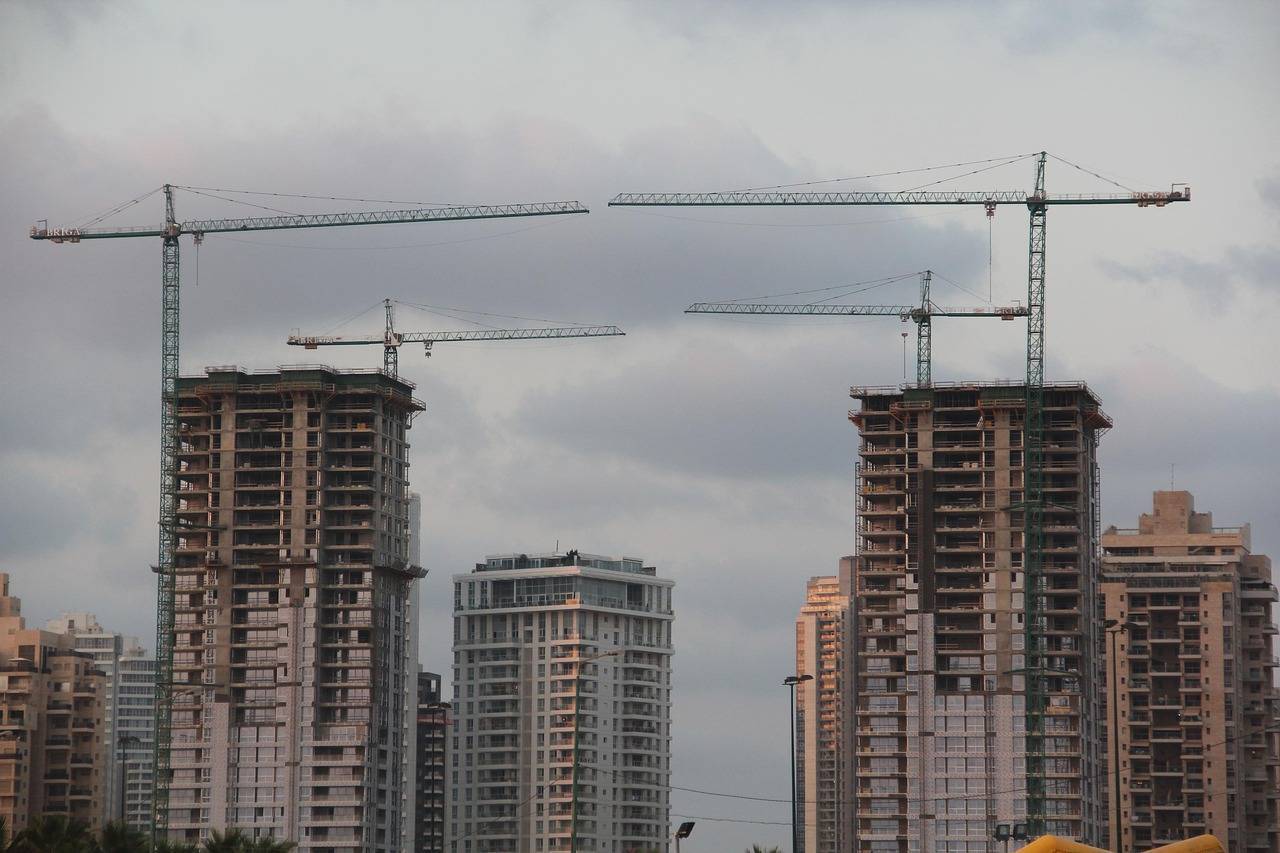India’s cement industry is on the brink of a significant transformation, driven by a combination of robust demand and strategic expansion efforts. Over the next three fiscal years (FY25-27), cement manufacturers are expected to invest an impressive ₹1.25 lakh crore, equivalent to a 180% increase in capital expenditure (capex) compared to the past three years. This massive financial commitment underscores the industry’s confidence in sustaining its growth trajectory and expanding its market footprint.
Strong Demand Fuels Expansion
The primary driver behind this wave of investment is the consistent and strong demand for cement in India. Over the past three fiscal years, cement demand has surged by an annualized 10%, significantly outpacing the growth in capacity addition. This has led to a decadal high utilization rate of 70% by the end of FY24, prompting manufacturers to accelerate their capex plans.
Manish Gupta, Senior Director at Crisil Ratings, highlighted the positive demand outlook for the industry, projecting a compounded annual growth rate (CAGR) of 7% for cement demand over FY25-29. This sustained demand is expected to be driven by a range of factors, including government-led infrastructure projects, the revival of the real estate sector, and ongoing urbanization efforts. The demand outlook remains buoyant, with cement companies positioning themselves to capitalize on the expanding market.
Capacity Expansion to Meet Demand
To cater to the growing demand, cement manufacturers are set to add 130 million tonnes (MT) of new cement grinding capacity over the next three years, representing nearly 25% of the existing capacity. This expansion is not only aimed at meeting the anticipated surge in demand but also reflects the industry's aspirations to enhance its national presence.
Crisil Ratings’ analysis, which covered 20 cement makers accounting for over 80% of the industry’s installed cement grinding capacity as of March 31, 2024, revealed that the upcoming capex will be focused on both greenfield and brownfield projects. This strategic approach allows companies to optimize their operations, increase efficiency, and reduce logistical costs by bringing production closer to key markets.
Stable Credit Profiles Amidst High Capex
Despite the substantial capex planned for the coming years, the credit risk profiles of cement manufacturers are expected to remain stable. One of the key reasons for this is the relatively low capex intensity of the cement industry, which is projected to stay within the range of 0.7-0.9 times over the next three fiscal years. This indicates that while companies are investing heavily, their operating profitability and the ramp-up of newly commissioned facilities will support their financial stability.
Crisil Ratings pointed out that the industry’s operating profitability has been resilient, even amidst rising input costs. This resilience, coupled with the strategic timing of capacity expansions, is expected to ensure that the increased capex does not lead to significant financial strain on the companies.
Strategic Implications for the Industry
The planned investments will have far-reaching implications for the Indian cement industry. Firstly, the addition of new capacity will enhance the competitive landscape, as companies vie for greater market share. This is particularly significant in a market where regional dynamics play a crucial role, and expanding national presence can lead to better pricing power and market penetration.
Secondly, the industry’s focus on capex also reflects a broader trend of modernization and efficiency improvements. With new capacities being equipped with the latest technology, companies are likely to achieve better energy efficiency, reduced emissions, and lower production costs. This not only aligns with global sustainability trends but also positions Indian cement manufacturers to compete effectively on the international stage.
Future Outlook
Looking ahead, the Indian cement industry is poised for a period of sustained growth and consolidation. The combination of strong demand, strategic capacity expansion, and stable credit profiles suggests that the industry is well-positioned to navigate the challenges of the future. Moreover, the government’s continued emphasis on infrastructure development and affordable housing is likely to provide a steady demand base for the industry.
As the industry embarks on this ambitious expansion journey, stakeholders will be closely watching how companies manage the balance between aggressive growth and financial prudence. The next few years will be critical in determining the long-term trajectory of the Indian cement industry, as it seeks to cement its position as a global leader in both production capacity and operational excellence.









.png)